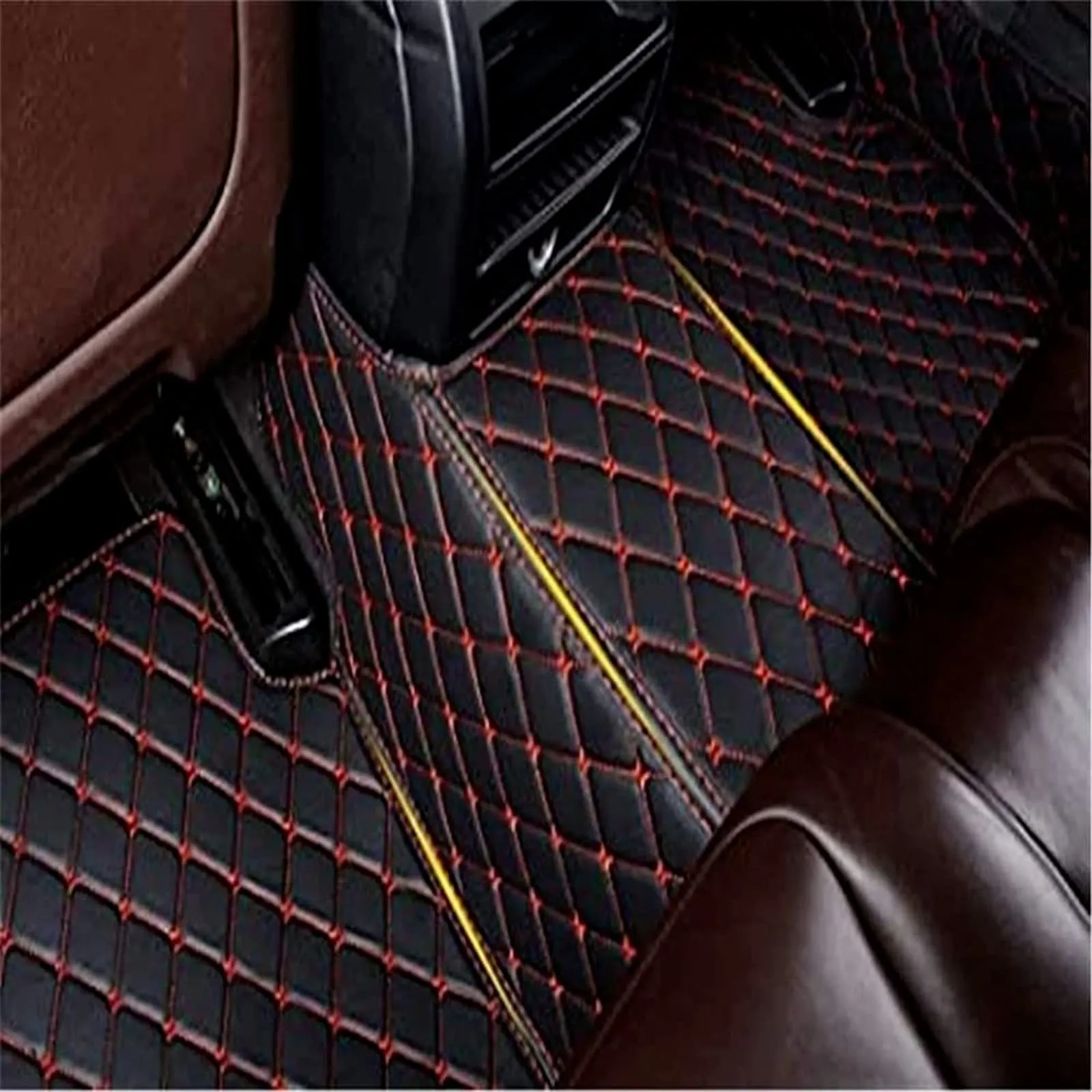How to install blind spot sensors bought from AliExpress?

How to Install Blind Spot Sensors Bought from AliExpress?
Are you tired of the stress and danger associated with changing lanes without knowing if another vehicle is in your blind spot? Blind spot sensors can significantly enhance your driving safety, providing you with peace of mind on the road. In this article, we’ll guide you through the detailed installation process of blind spot sensors that you bought from AliExpress. With the right tools and a step-by-step approach, you can easily install these sensors at home. Join us as we explore the entire process, tips for success, and troubleshooting common issues.
Understanding Blind Spot Sensors
Blind spot sensors are advanced automotive safety features designed to detect vehicles that are located in your blind spots—areas that are not visible through your car’s mirrors. When another vehicle enters these areas, the sensors activate alerts, usually visual indicators on the side mirrors or audible warnings to let you know it’s not safe to change lanes. Installing these sensors not only increases your vehicle’s safety but can also improve its resale value.
Choosing the Right Blind Spot Sensors on AliExpress
Before jumping into the installation, it’s crucial to choose the right blind spot sensor kit from AliExpress. Here’s what to consider:
- Compatibility: Ensure the sensors are compatible with your vehicle model.
- Reviews and Ratings: Check user reviews and ratings to gauge the reliability and performance of the product.
- Features: Look for features like range, sensor type (radar vs. ultrasonic), and additional alerts (visual/audible).
- Warranty: Select products that come with a warranty for added peace of mind.
Tools and Materials You Will Need
Before you begin the installation process, gather the following tools and materials:
- Blind Spot Sensor Kit: As purchased from AliExpress.
- Wire Strippers: For stripping the insulation off the wires.
- Screwdriver Set: To remove and install panel screws.
- Drill with Drill Bits: If required for mounting the sensors.
- Electrical Tape or Heat Shrink Tubing: For securing electrical connections.
- Multimeter: To check electrical connections and voltages.
- Rivet Gun: If your sensor kit requires permanent mounting.
Preparation for Installation
Installing blind spot sensors involves the following preparatory steps:
1. Read the Manual
Before you start, read the installation manual provided with your blind spot sensor kit thoroughly. Understanding the specific requirements and features of your kit will aid in a smoother installation process.
2. Determine Sensor Placement
Next, decide where to place the sensors. The standard mounting location is typically near the rear bumper on both sides of the vehicle. Follow these tips:
- Refer to the manufacturer’s guidelines regarding placement.
- Ensure the sensors have a clear line of sight for accurate detection.
- Avoid placing them near any obstructions (like exhaust tips).
3. Gather Safety Gear
Wear appropriate safety gear, including gloves and goggles, to protect yourself during the installation process.
Step-by-Step Installation Guide
Step 1: Remove Interior Panels
To access the wiring of your vehicle, you may need to remove some interior panels. Use your screwdriver set to carefully remove screws and trim pieces without damaging them.
Step 2: Mount the Sensors
Drill holes in the designated locations to mount the sensors, ensuring they are securely fastened. If your kit provides adhesive pads, follow the instructions for proper application.
Step 3: Connect the Wires
Once the sensors are mounted, it’s time to connect the wiring:
- Locate your vehicle’s wiring harness, usually found near the rear section.
- Strip the wiring insulation to expose the metal, then connect the sensor wires using electrical tape or heat shrink tubing.
- Ensure each connection is secure and check using a multimeter.
Step 4: Install the Control Module
The control module typically needs to be installed in a dry and accessible location. Connect the control module wires according to the manufacturer’s instructions and secure it in place.
Step 5: Test the System
Before closing everything up, turn on your vehicle and test the blind spot sensors by simulating vehicles entering your blind spots. Ensure the alert system works correctly.
Step 6: Reassemble the Interior
Once testing is completed and everything works as expected, carefully reassemble the interior panels you removed earlier.
Post-Installation Tips
After the installation, keep the following tips in mind:
- Calibrate the Sensors: Follow any calibration instructions provided with your blind spot sensor kit for optimal performance.
- Regular Maintenance: Regularly check the sensor positioning and connections to ensure they remain secure and accurate.
- Stay Informed: Keep yourself updated with any potential software updates from the manufacturer for enhanced features.
Troubleshooting Common Issues
Despite your best efforts, problems might arise after installation. Here are some common issues and how to resolve them:
No Alerts Triggered
If you notice that the sensors are not triggering alerts:
- Check the wiring connections for any loose or damaged connections.
- Ensure that the sensors are not obstructed by dirt or debris.
- Calibrate the sensors according to the manufacturer’s instructions.
False Alerts
Receiving false alerts can be annoying. Here’s how to tackle it:
- Inspect the sensor placement—adjust if too close to obstructions.
- Ensure the sensors are clean and free from any dirt or road grime.
- Check for any software updates that might fix detection anomalies.
Sensor Failure
If a sensor fails and does not work:
- Test the sensor connections with a multimeter.
- Consult the product manual for repair or replacement instructions.
- If under warranty, contact the seller on AliExpress for guidance.
Enhancing Your Driving Experience with Blind Spot Sensors
Installing blind spot sensors adds an extra layer of safety and convenience, making your driving experience significantly better. The advantages of these sensors include:
- Improved Safety: Minimize the risk of accidents caused by blind spots.
- Increased Awareness: Stay informed about approaching vehicles, especially during lane changes.
- Easy Installation: With the right tools and guidance, installation is straightforward.
If you bought a blind spot sensor kit from AliExpress, following this detailed guide ensures a successful installation process. Enjoy a safer, more aware driving experience as you hit the roads with newfound confidence!

LINK:
Blind spot sensors are a great investment for enhancing safety while driving. Installation of sensors purchased from AliExpress can be an accessible DIY project, but it requires careful attention to detail. By following clear instructions and ensuring compatibility with your vehicle, you can successfully install these sensors. Not only will they help you make safer driving decisions, but incorporating these sensors can also add value to your vehicle. Make the change today and enjoy peace of mind on the road with your new sensors!
FAQ
1. What tools do I need to install blind spot sensors?
To install blind spot sensors, you’ll typically need basic tools including a screwdriver, wire stripper, electrical tape, and possibly a drill. It’s essential to have the right tools for a smooth installation.
2. Can I install blind spot sensors myself?
Yes, many users opt for DIY installation. With clear instructions and adequate tools, most individuals can successfully install these sensors themselves. It might take some time, but it can save you money.
3. How do I know if the sensors are compatible with my vehicle?
Check the specifications provided by the manufacturer on AliExpress. Compatibility usually depends on the vehicle’s make, model, and year. Look for reviews from other users with similar vehicles for guidance.
4. Where should I place the sensors on my vehicle?
Blind spot sensors are typically installed near the rear fender on both sides of the vehicle. Refer to the installation manual for exact locations to ensure optimal performance.
5. Do I need assistance during installation?
While it’s possible to install blind spot sensors alone, having a second person can be helpful for aligning the sensors and testing their functionality after installation.
6. How long does it take to install blind spot sensors?
Installation times can vary, but most projects take between 2 to 4 hours depending on your experience level and vehicle type. Taking your time is key to a successful setup.
7. What should I do if the sensors don’t work after installation?
First, double-check the wiring and connections. Ensure everything is connected properly and that the sensors are aligned correctly. If issues persist, consult the troubleshooting section of the manual or seek professional help.

Parceiros:



